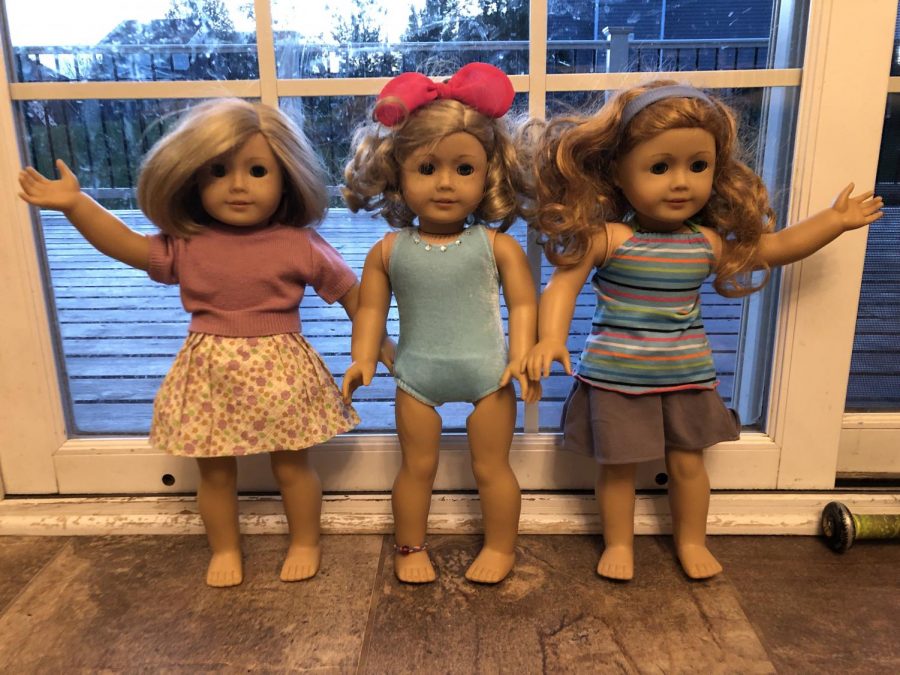Doll companies like American Girl and Barbie have made an effort to expose young girls to more realistic body types and diversity through their dolls. But are the doll companies that are reaching for more inclusivity and realistic role models in their dolls actually having an effect?
The original Barbie featured a tiny waist, large bottom, toned abs, large hips and breasts, beautiful blonde hair and perfect makeup. With the new variations of Barbie released in 2016, have the changes to Barbie’s body resonated with young girls?
The three general types of bodies – tall, petite and curvy – all are built around the same base. Reflecting what multiple ideas of beauty and body image can be for women young girls may see in their everyday lives, Barbie acts as a significant part of what girls see their ideal body as.
Since then, Barbie has released dolls of numerous ethnicities, hair textures, skin colors and more. Their company has even produced Barbie dolls in wheelchairs and with prosthetic legs in an attempt to include all types of girls. Bald Barbie dolls are also featured on their website. However, this seemed to be the end of Barbie’s release of diverse dolls.
Five years later, the same inclusivity for toys marketed towards girls is on the uprise. Although American Girl dolls have already been selling their physically diverse dolls, the additions to their dolls are not finished. Recently, American Girl dolls have taken a step towards better representation of cultural differences, featuring holiday dolls for different religions as well as the first American Girl doll wearing a hijab.
Hanukkah, Diwali, Kwanzaa, Lunar New Year and Eid al-Fitr celebration dolls are now available on the American Girl doll website for purchase. Bringing to attention the different religions more young girls are a part of, these dolls are not only available for girls to purchase dolls like themselves, but for other girls to have exposure to cultural traditions outside of their own.
This action is a huge step in the right direction in working towards the societal issue of lack of acceptance for diversity. With children having exposure to all different types of people, doll companies are paving the future for a society that values acceptance.
“I do believe that the new marketing of religions and appearances is a great way to introduce the idea to my girls. For kids they’re just dolls, it doesn’t matter if they’re black, white, grey or blue. They’re just dolls. But if we show them that these dolls with different skin colors or a hijab are ‘just dolls’ then they’ll take that into real life when they see them in person. To them they’ll be just people, like their dolls,” said Michelle Cone, parent of two girls.
The doll market has one of the most influential roles on society’s young girls. Teaching them about body image, diversity, ethnicity and women with the way they shape and present their dolls, the doll companies American Girl and Barbie are at the forefront of girl’s emotional development through toys.









